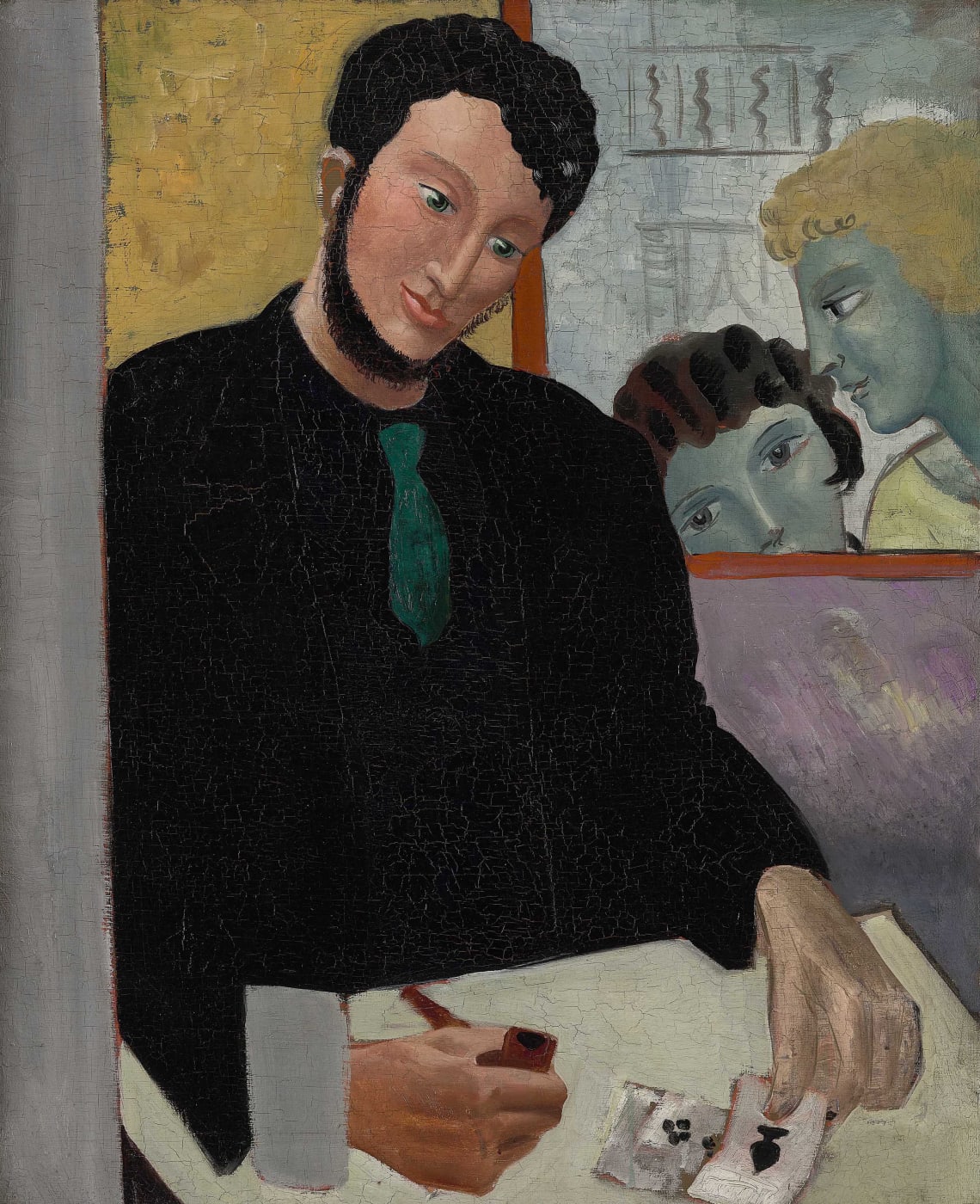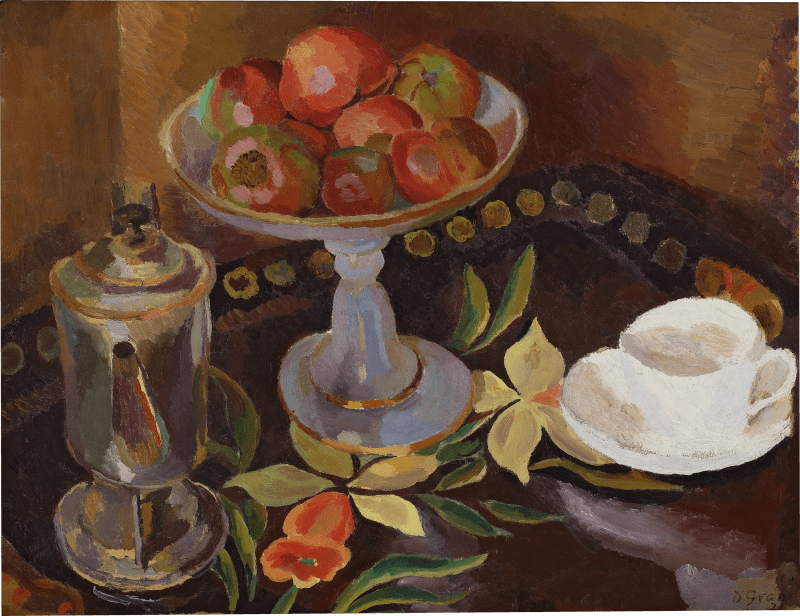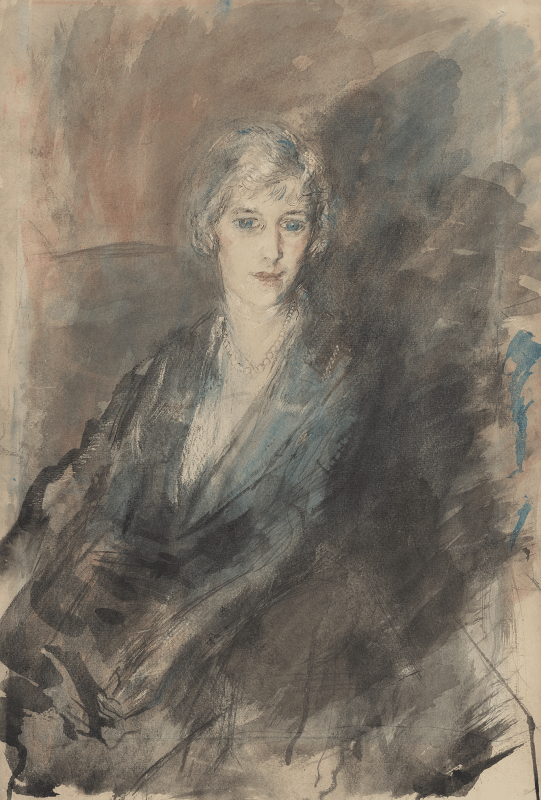Full Biography
Christopher Wood, one of the most celebrated yet tragic artists of the 20th Century, was born in Knowsley, Lancashire in 1901, the son of a doctor, Robert Lucius Wood and his wife Clara. He had an incredibly close relationship with his mother, to whom he wrote thousands of letters throughout his life. At the age of fourteen whilst recovering from septicaemia – a debilitating illness which left him with a permanent limp – he began to draw and in 1919 briefly studied architecture at Liverpool University. The following year in 1920 Wood was invited by the wealthy French collector Alphonse Kahn (1870-1948) to Paris and in 1921 he enrolled at the Academie Julian. In Paris he became an integral member of the artistic scene, meeting Augustus John (1878-1961) and Antonio de Gandarillas, a Chilean diplomat, who introduced Wood to Picasso (1881-1973).
Gandarillas was married (though homosexual) and lived a fast and extravagant lifestyle, but his relationship with Wood (who was bisexual) lasted a lifetime and survived Wood’s dalliances with Jeanne Bourgoint (1905-1966) and Jean Cocteau (1889-1963). The couple travelled around Europe and North Africa together and it was at this time that Wood became addicted to opium. Returning to London, he joined the London Group and the Seven and Five Society in 1926 and his work became increasingly admired for its charming naivety.
Christopher Wood, one of the most celebrated yet tragic artists of the 20th Century, was born in Knowsley, Lancashire in 1901, the son of a doctor, Robert Lucius Wood and his wife Clara. He had an incredibly close relationship with his mother, to whom he wrote thousands of letters throughout his life. At the age of fourteen whilst recovering from septicaemia – a debilitating illness which left him with a permanent limp – he began to draw and in 1919 briefly studied architecture at Liverpool University. The following year in 1920 Wood was invited by the wealthy French collector Alphonse Kahn (1870-1948) to Paris and in 1921 he enrolled at the Academie Julian. In Paris he became an integral member of the artistic scene, meeting Augustus John (1878-1961) and Antonio de Gandarillas, a Chilean diplomat, who introduced Wood to Picasso (1881-1973).
Gandarillas was married (though homosexual) and lived a fast and extravagant lifestyle, but his relationship with Wood (who was bisexual) lasted a lifetime and survived Wood’s dalliances with Jeanne Bourgoint (1905-1966) and Jean Cocteau (1889-1963). The couple travelled around Europe and North Africa together and it was at this time that Wood became addicted to opium. Returning to London, he joined the London Group and the Seven and Five Society in 1926 and his work became increasingly admired for its charming naivety.
In 1927 Wood became friends with Ben Nicholson (1894-1982) and his wife Winifred (1893-1981) with whom he exhibited at the Beaux Art Gallery in 1927. A solo exhibition at the Tooth Gallery in April 1929 soon followed and he exhibited again with the Nicholsons in Paris, having worked on several paintings whilst visiting Brittany. It was the work he had produced in Brittany that was supposed to open the Wertheim Gallery in London that October, but returning to England, severely addicted to opium, he began to believe that he was being pursued and threatened by those around him. He visited his mother and sister in Salisbury on the 21st August 1930 and threw himself under a train bound for London at the premature age of thirty.

















